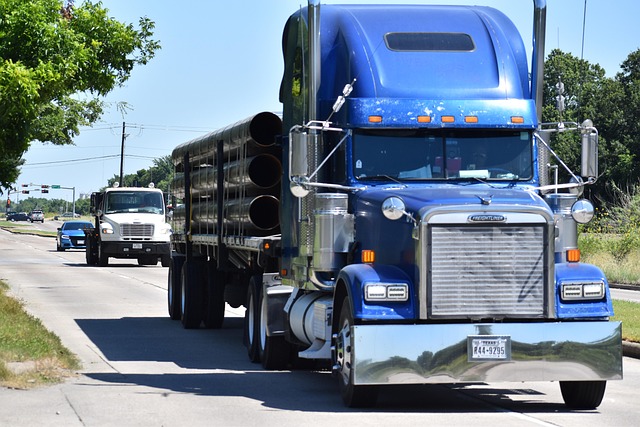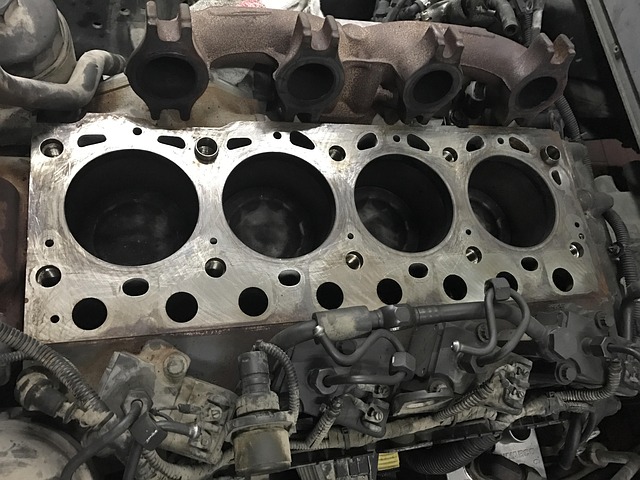Looking to register your car in California? This comprehensive guide walks you through the process, ensuring a smooth experience. From understanding essential requirements and gathering documents to navigating DMV procedures like VIN verification, we cover it all. Learn how to complete application forms accurately and pay registration fees. By following these steps, you’ll be on your way to legal California car registration in no time, with tips for a successful dmv vin verification.
- Understand California Car Registration Requirements
- Gather Necessary Documents for DMV Visit
- Perform VIN Verification: Steps & Tips
- Complete Application Forms Accurately
- Pay Registration Fees & Obtain License Plate
Understand California Car Registration Requirements

Before registering your car in California, it’s crucial to understand the state’s specific requirements for vehicle identification number (VIN) verification. The California Department of Motor Vehicles (DMV) mandates a thorough inspection process to ensure every vehicle on the road meets safety and legal standards. This includes checking the VIN, which is a unique identifier for your car, against the DMV’s records to verify its authenticity and history.
One efficient method for this vin inspection is through a mobile vin verifier or mobile vin verification service. These services offer a convenient way to complete the dmv vin verification process by allowing you to check your vehicle’s VIN accuracy with minimal hassle. By utilizing these modern tools, you can streamline the registration process and ensure your car complies with California’s regulations.
Gather Necessary Documents for DMV Visit

Before heading to the DMV, ensure you have all the required documents for a smooth registration process. The key paperwork includes your vehicle’s title, which you’ll receive after the sale is finalized, and proof of insurance. Don’t forget to bring along your driver’s license or state ID as well. If you’ve recently purchased a used car, a dmv vin verification is crucial; this step ensures that the vehicle’s identification number (VIN) matches the one on the title.
Additionally, consider having a mobile vin inspection done beforehand to save time during your visit. This service provides instant results, confirming the VIN accuracy and helping you address any potential issues before attempting registration. Remember, accurate documentation is key to avoiding delays when registering your car in California.
Perform VIN Verification: Steps & Tips

Before registering your car in California, it’s crucial to perform a VIN (Vehicle Identification Number) verification through the DMV. This process ensures that the vehicle is genuine and has no outstanding issues. To initiate this step, gather all necessary documentation related to ownership and previous repairs. Then, access the official DMV website or visit a local DMV office to begin the vin inspection.
Follow these essential steps:
1. Obtain your car’s VIN from its registration documents or look it up online using trusted resources.
2. Compare the information provided by the vehicle history report with the data on the vehicle itself, including the make, model, year, and any identifying numbers etched onto crucial components like the engine block or chassis.
3. Ensure that all details match precisely to pass the dmv vin verification process. Consider using a mobile vin verifier or performing a mobile vin inspection for added convenience, as this service can be conducted at your location, saving you time and effort.
Complete Application Forms Accurately

When registering your car in California, accuracy is key when completing the necessary application forms. The California Department of Motor Vehicles (DMV) requires detailed and precise information to process your registration. Start by filling out Form MV-5, which is the Application for Title and Registration. Ensure every section is completed honestly and accurately, including the vehicle’s make, model, year, and unique Vehicle Identification Number (VIN). The VIN is a crucial piece of data used for verification, so double-check its accuracy, especially when using a mobile vin verifier or undergoing a mobile vin inspection to ensure the information matches the DMV records.
An honest and complete application form prevents delays in the registration process. Mistakes or discrepancies may lead to additional requirements or even rejection of your application. So, take the time to double-check each detail before submitting. Using a mobile vin verification service can aid in this process by providing real-time data validation, ensuring every piece of information is correct and up-to-date.
Pay Registration Fees & Obtain License Plate

After completing your vehicle’s registration application at the California DMV, the next step is to pay the required fees. These include a registration fee and a vehicle classification fee. The cost will vary depending on your vehicle type. Once the fees are settled, you’ll receive your registration certificate, which grants official approval for your car’s operation within the state.
With your registration in hand, it’s time to obtain license plates. This involves submitting your completed application, registration certificate, and a valid proof of insurance to the DMV. They will issue your set of license plates, typically with a unique combination of letters and numbers assigned to your vehicle (VIN). Remember, proper licensing is not just about compliance; it also ensures your car is identifiable in case of any road-related issues or emergencies, making processes like towing or impoundment smoother through the dmv vin verification process. Consider opting for a mobile vin inspection or mobile vin verification service if you prefer a more convenient way to complete this administrative task.
Registering a car in California involves understanding clear requirements and preparing essential documents. By successfully completing the DMV VIN verification process, accurately filling out application forms, and paying the necessary fees, you’ll be on your way to legal vehicle ownership in no time. Remember, proper registration ensures your safety, protects your investment, and keeps you compliant with state laws.
